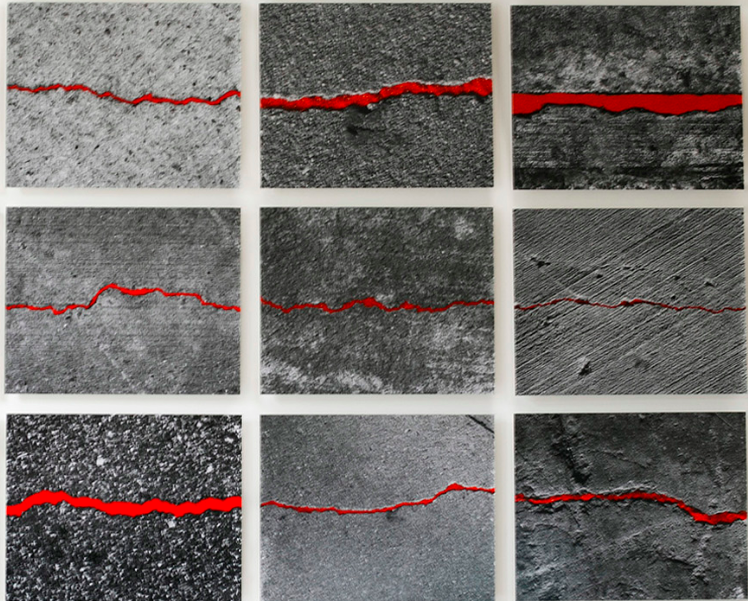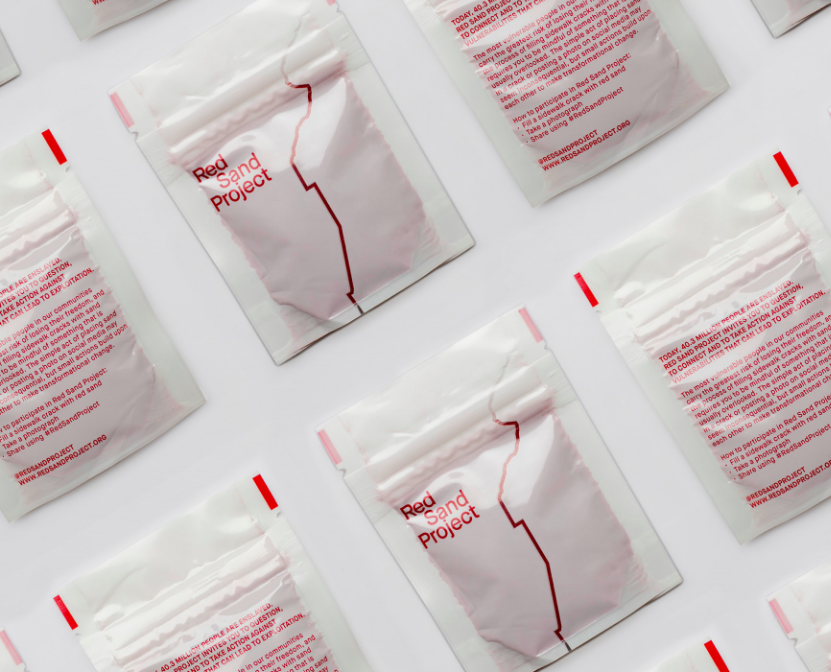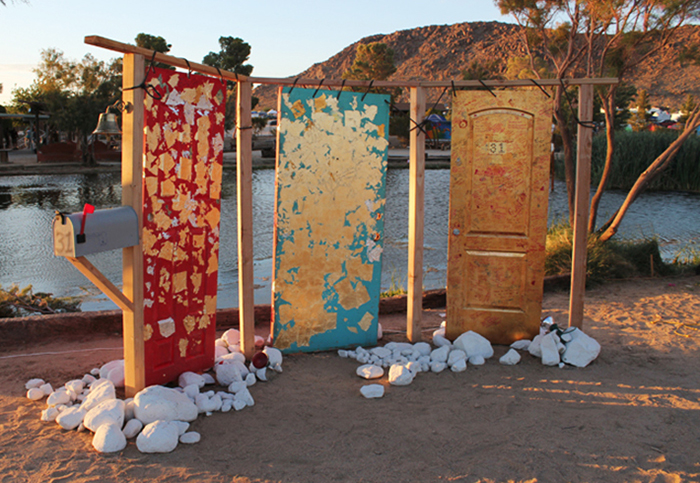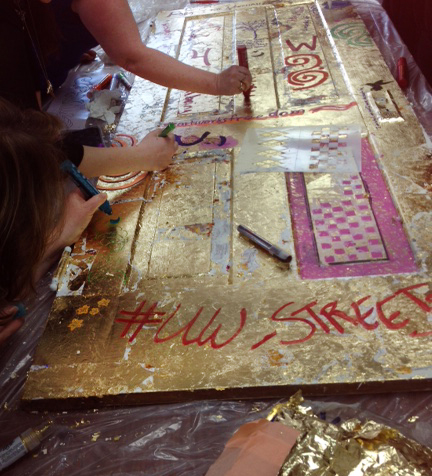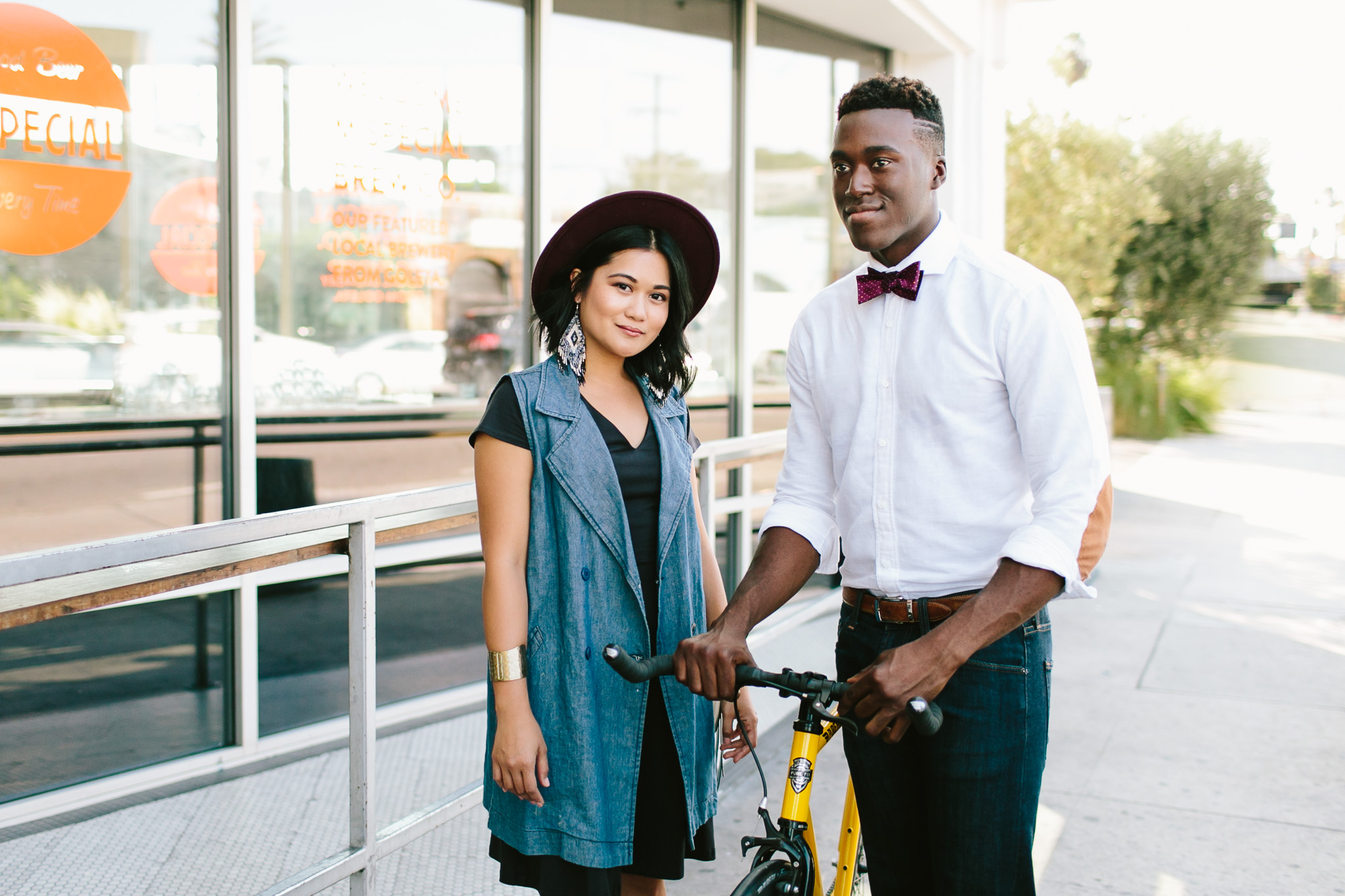Calling All Creators: Use Your Art For Activism
In today’s world, facts hold a lot of weight. Numbers and plans and percentages and ratios are constantly being tossed at us - on billboards, from the internet, and from each other. And of course, these things are very important. They help us understand the world in a way that’s really accessible and comprehensive. They take realities and compile them neatly into boxes that influence change. However, although the analytical side of things is relied on heavily especially when it comes to activism, it’s only one part of the picture.
When I first heard about human trafficking, it was the numbers that pulled me in. There are an estimated 40 million victims worldwide. The average price of a slave is $90. 1 in 4 victims of modern-day slavery is a child. Sex trafficking is an ancient, well-oiled industry that generates $150 billion every year, despite being outlawed in most developed countries. Though the numbers are important, I needed more to push me from just knowing about it to doing something about it.
For me, it was the pictures that went along with the numbers, the stories of little girls who had been sold by their families because extreme poverty left them without a choice, the documentaries that taught me about greed and dehumanization, that caused me to take action. Or, at least, these pictures caused me to want to take action. Soon after I gained a passion for the cause, I realized I didn’t know how to connect my abilities with effective activism. I’m not a lawyer, not a politician, not a social worker, and not a police officer. I have nothing obvious or concrete to offer victims of human trafficking and no power to change the systems that allow it to prevail. I was full of passion and had nowhere to put it, so I put it on a piece of paper. I started to create paintings that finally expressed, if to nobody but myself, my frustrations, understanding and feelings toward injustice as a whole. It was through these paintings that I started to understand more deeply how I am able to contribute to the fight, and come to terms with the fact that my role doesn’t look the same as the person next to me - and that’s okay.
I was full of passion and had nowhere to put it, so I put it on a piece of paper. I started to create paintings that finally expressed, if to nobody but myself, my frustrations, understanding and feelings toward injustice as a whole.
I believe there are as many types of freedom fighters as there are people, but one important figure that doesn’t always come to mind at first is the artist. The creator. The one who takes information and puts it into paintings, or photography, or poetry, or something that will make you understand on a deeper level than you can by thinking. And though this form of activism can seem less tangible than others at times, art is an inescapably essential part of the puzzle. Art gives us all the ability to encompass information in a way that compels us to feel deeply, and it is often this empathy that sparks entire movements.
Take, for example, the Red Sand Project. Created by Molly Gochman, this project is an installation meant to confront people in their everyday life and make them think about the reality of human trafficking with the help of visual aid. The idea is to fill sidewalk cracks with red sand, each grain of sand symbolic of a victim of human trafficking who has fallen through the cracks. It is one thing to know the number of people trapped in slavery and another entirely to witness a visual representation that tugs on your heart in a deeper way and causes you to do something.
Similarly, there is “The Golden Doors to Freedom” project, in which trafficking survivors and allies turn discarded doors into artwork that combines healing, freedom and advocacy. By painting doors together with golden paint meant to symbolize freedom and then writing personal messages of freedom, responses to trafficking, promises to survivors, etc., the doors become a powerful artistic symbol. They also create a space for communities to come together in support of each other, and to express a mutual desire to fight for the end of human trafficking.
This is a call to all the makers, the creators, the artists, and those who see the world through a different lens. You are needed and important, and activism everywhere is incomplete without you.
This is a call to all the makers, the creators, the artists, and those who see the world through a different lens. You are needed and important, and activism everywhere is incomplete without you. Even if you’re feeling rusty, I’d like to invite you to put your pen to paper, or your paintbrush to canvas, or your voice to song, and usher the rest of us into a way of understanding we might not have achieved on our own. When we are all using our unique talents and abilities to work together for a common goal, we become unstoppable. Whatever your role, use what you have to bring your voice and knowledge to the table, and together we can fight for the justice, equality and human rights of all people.
You don't have to wait until December to be a part of the impact. Join the Dressember Collective and become part of a powerful community of advocates and donors furthering the work and impact of the Dressember Foundation through monthly giving.
XO
About the Author
Mallory Mishler is a Michigander, studying Women’s and Gender Studies and Peace and Justice. She is passionate about using her voice to advocate for the freedom of all people, especially through creative mediums. When not writing, she can be found climbing mountains, caring for her plants, or painting on things that shouldn’t be painted.



